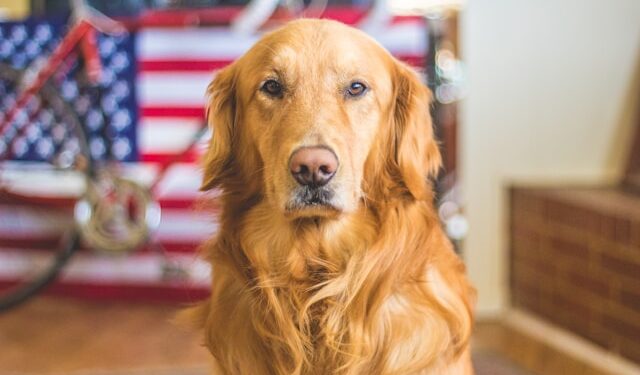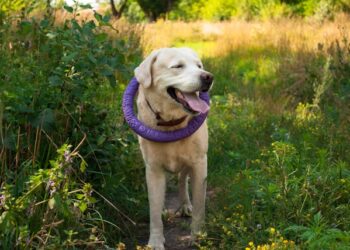Have you ever wondered what your dog is trying to communicate through its actions? Understanding dog behavior is essential for building a strong bond with your pet. Dogs use body language, vocalizations, and actions to express their emotions and needs. By learning to interpret these signals, you can respond appropriately, improve training, and create a happier environment for your furry friend.
Understanding Canine Body Language
Tail Wagging
A wagging tail doesn’t always mean a dog is happy. The speed, position, and movement of the tail can indicate different emotions:
- Fast, broad wagging: Excitement and happiness
- Slow wag with a stiff body: Caution or uncertainty
- Tucked tail: Fear or submission
- High and stiff wagging: Possible aggression or dominance
Ear Positions
Dogs express their emotions through ear movements:
- Ears forward: Alert and curious
- Ears pulled back: Nervous or submissive
- Ears flattened against the head: Fear or aggression
Eye Contact & Facial Expressions
Eye contact plays a significant role in canine communication:
- Soft, relaxed eyes: Comfort and trust
- Dilated pupils or intense staring: Fear, excitement, or potential aggression
- Avoiding eye contact: Submission or discomfort
Posture & Movement
A dog’s stance can reveal a lot about its mood:
- Relaxed body: Content and comfortable
- Stiff posture with raised hackles: Defensive or aggressive
- Rolling onto the back: Submission or seeking belly rubs
Decoding Dog Vocalizations
Barking
Dogs bark for various reasons, and the tone and pattern matter:
- Short, quick barks: Excitement or alertness
- Continuous barking: Guarding or anxiety
- Low, deep barking: Warning or threat
Whining & Whimpering
Dogs often whine when they need attention, food, or are feeling anxious. If excessive whining occurs, it may indicate discomfort or stress.
Growling & Snarling
Not all growling is aggressive. Some dogs growl during play, while others use it as a warning sign. Understanding the context is crucial.
Howling
Some breeds are more prone to howling, often as a response to sounds, loneliness, or their instinctual connection to pack behavior.
Common Dog Behaviors & What They Mean
Tail Chasing & Zoomies
Dogs sometimes chase their tails out of playfulness, but if it becomes obsessive, it could indicate boredom or anxiety. Zoomies (sudden bursts of energy) are a sign of excitement and happiness.
Digging & Chewing
Dogs dig and chew due to natural instincts, boredom, or anxiety. Providing chew toys and designated digging spots can help redirect these behaviors.
Licking & Nudging
Licking can be a sign of affection, stress relief, or submission. Nudging with the nose often means a dog wants attention or reassurance.
Rolling Over & Exposing Belly
Some dogs roll over to show submission, while others do it to request belly rubs. If the dog appears tense, it may be a sign of fear rather than playfulness.
Paw Lifting & Head Tilting
A lifted paw can indicate curiosity or uncertainty, while a head tilt shows engagement and interest in sounds or human communication.
Behavioral Issues & How to Address Them
Separation Anxiety
If your dog becomes destructive or excessively vocal when left alone, it may be experiencing separation anxiety. Training, interactive toys, and gradually increasing alone time can help.
Aggression & Fear-Based Reactions
Dogs may react aggressively due to fear, poor socialization, or past trauma. Positive reinforcement training and professional guidance can help manage this behavior.
Excessive Barking
Training commands like “quiet” and addressing the root cause (boredom, anxiety, or alertness) can reduce unnecessary barking.
Destructive Chewing & Digging
Providing mental stimulation, appropriate chew toys, and exercise can minimize destructive behaviors.
Conclusion
Understanding dog behavior helps strengthen the bond between you and your furry friend. By observing body language, vocalizations, and actions, you can better meet your dog’s needs and improve communication. With patience, training, and positive reinforcement, you can create a happier and more fulfilling relationship with your pet.





